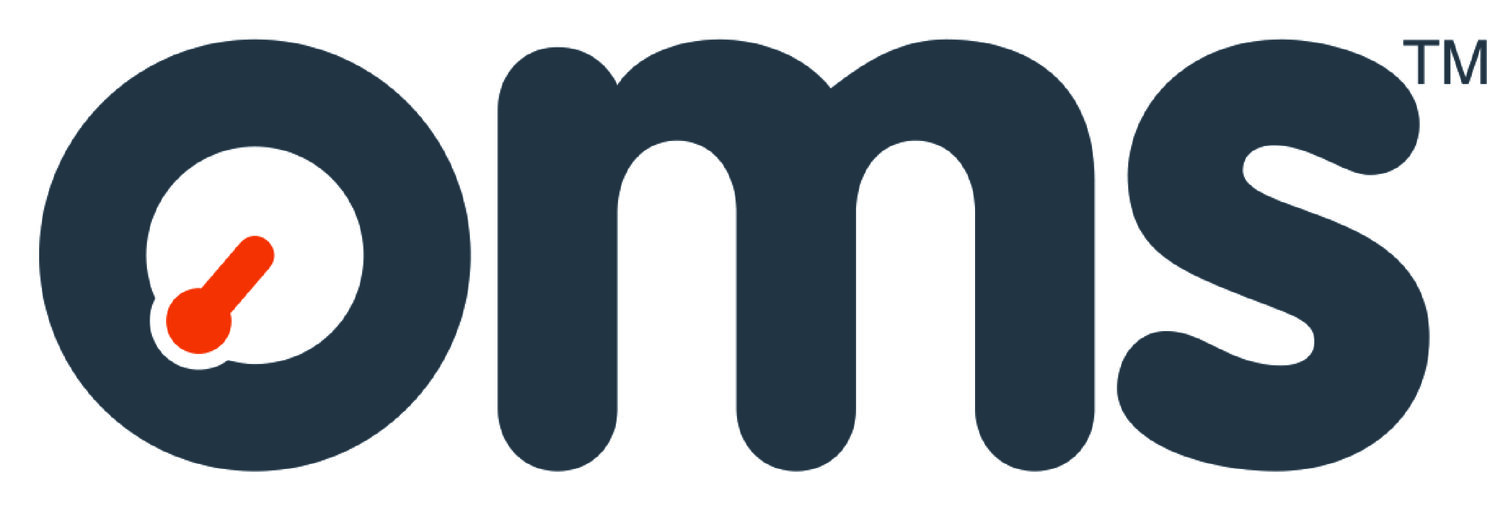How to set out your quality requirements – with specific reference to pipe measurement
What does quality mean?
The word “quality” has many definitions. Dictionary.com definitions include “the standard of something as measured against other things of a similar kin… degree of excellence of something… general excellence of standard or level… distinguishing characteristic of someone or something”.
In business terms “quality” means something slightly different – it means that a product or service adheres to requirements and is fit for use. If a product or service has met the specifications set out by the customer and performs its task in the manner expected it has achieved “quality”.
Why is quality important?
In the business world achieving project success depends on getting quality right – if a product or service does not adhere to its requirements or is not fit for use or both it will have failed. In the oil and gas industry, operators work with hazardous substances in dangerous environments. Risks to personnel and the environment are significant and robust quality control is critical for safe operation.
Quality is also vital for cost-effective operations and business efficiency. The production of oil and gas is a complex and expensive business, with each stage of the process involving an enormous array of operators, suppliers, contractors, sub-contractors, manufacturers, logistics, personnel and equipment. Potential problems lurk at every stage so oil and gas companies rely on tough quality control processes to keep their operations running as expected.
How to achieve quality?
Businesses in any industry achieve quality in the products and services they procure by setting out their requirements clearly, so that they can be evaluated objectively and are not subject to opinion. Without setting out clear specifications, projects can result in disagreements, unrealistic expectations, flawed test results and eventual failure.
Prominent quality marks such as ISO 9001 can give an indication that a supplier understands quality but companies should not rely on this in place of their own detailed requirements, which must be set out using precise definitions with accurate specifications.
SMART system
Using the SMART method can help businesses define their needs. Requirements should be Specific, Measurable, Agreed-upon, Realistic and Time-bound. The 3T quality method – set a Target, specify Tolerances, perform a proof Test – works in a similar way.
Quality control in pipe measurement
OMS works mainly with the oil and gas industry where setting strong quality requirements at the beginning of a project is essential for success. Since measuring pipes is the major part of our business we can share our experience of setting out quality requirements with specific reference to this.
Systems and processes
In pipe measurement we use quality control processes to ensure that agreed procedures are followed, that the correct equipment is used and used properly and that any non-conformance is identified and rectified. Our quality control process also prevents non-conformance of the end product – for example, any weld defects severe enough to result in a repair or cut-out – and achieve regulatory compliance.
When setting out quality requirements we consider four things – tolerance, calibration, verification and recording.
Tolerance
Tolerance can be defined as the total allowable amount by which a measurement may vary, or the total allowable error. Uncertainty – how reliable your measurement is – should also be taken into consideration. When measuring pipes the buyer must decide what tolerance is acceptable and whether those tolerances should contain the uncertainty value.
Calibration
Project specifications should require each measuring tool to have an in-date calibration certificate, with calibration schemes provided for any indirect calibration methods. Tools must indicate their traceability back to accredited national or international standards. Some bespoke measuring kit is not calibrated by any accredited standards body. In this case manufacturer calibration certificates may be acceptable as long as they have traceable methodology which follows best practice and the procedure is approved by the buyer.
Verification
Measuring tools must be verified with routine checks designed to prove they are always operating correctly. In the project specification the buyer should set out the desired interval for routine checks, depending on cost and criticality.
Recording
Data must be recorded to ensure quality is achieved and regulatory compliance met. Buyers should define their recording requirements in the project specification. As examples, we commonly record data such as measurement activity dates, inspector names, tool descriptions (make, model, serial number etc.), calibration due date, procedure number, verification results, times and signatures.
Quality is a process
Quality is a constant process. OMS provides measurement and inspection services and tools that help our clients achieve quality in their pipeline operations. To find out more about our services click here.
Find this article useful? Sign up for more here!
Posted 25.02.20
[5 minute read]
